Highlights:
- Easy to get 50+ species in a single morning
- Great for migrating shorebirds
- Hundreds of ducks during winter
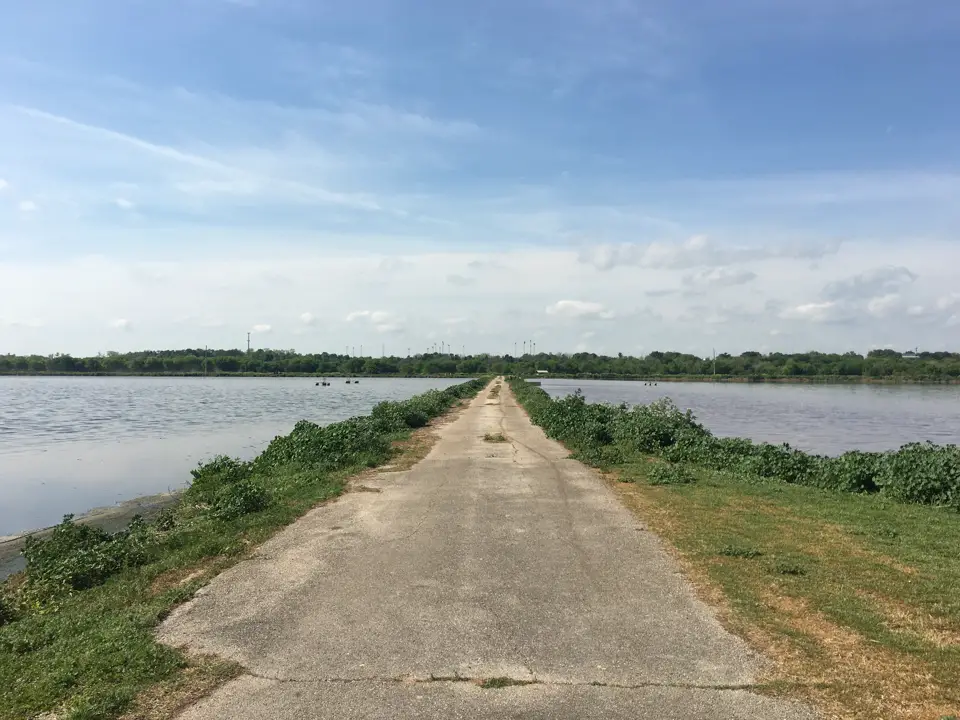
The Location
Hornsby Bend Bird Observatory is the premier birding hotspot in the greater Austin area.
The property is part of a sewage treatment and yard trimmings recycling plant owned by the City of Austin. The city allows birders to enter sections of the property, provided they remain on their best behavior and respect all rules and restrictions.
To date birders have stayed on the city’s good side and have been enjoying this site since the 1960s. All birders are expected to do their part to maintain this positive relationship with the city.
The main features here are the ponds you can easily drive around, the Colorado River and riparian woodlands, and the open fields surrounding the main building near the entrance.
The rules you need to know:
1. Check in at the guardhouse as you drive in. Just drive up and say “I’m here to look at the birds”. They’ll ask for your name, maybe write down your license plate number, and let you through.
2. Stay on the road and trails. No walking the fields or entering the water (neither are sanitary or safe).

Birding Recommendations
This is a great location to bring a scope. It’s certainly not required but you’ll see more and have a better experience if you’re able to scan the ponds and drying beds for ducks and shorebirds.
The Ponds
Hornsby Bend features three main ponds, plus a fourth (Pond 3) which is more wooded. Depending on recent rainfall, the drying beds immediately north of the Pond 1 East can be productive, usually with shorebirds.
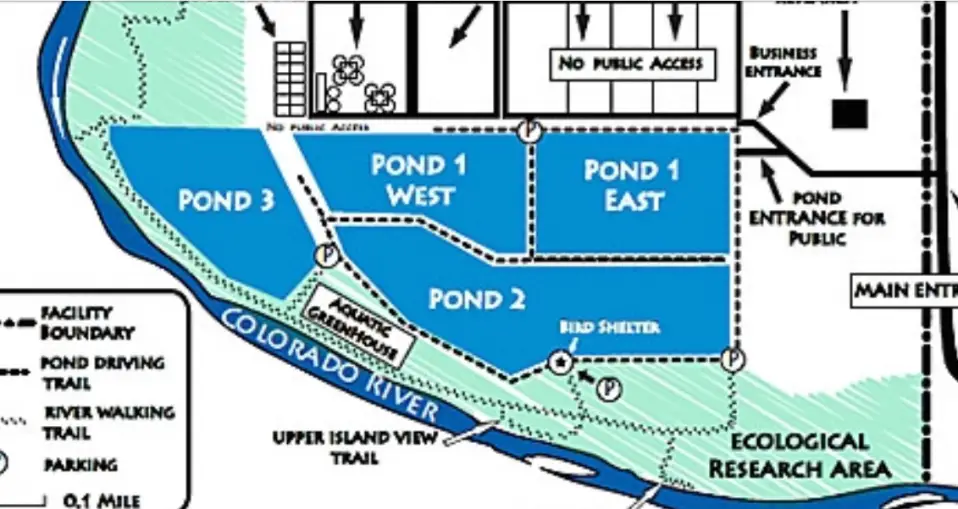
Pond 1 East is usually pretty empty. During winter months there may be a few ducks here. Be sure to look the opposite way when driving by and scan the drying beds, labeled “NO PUBLIC ACCESS” on the map above. If they have standing water then there may be birds.
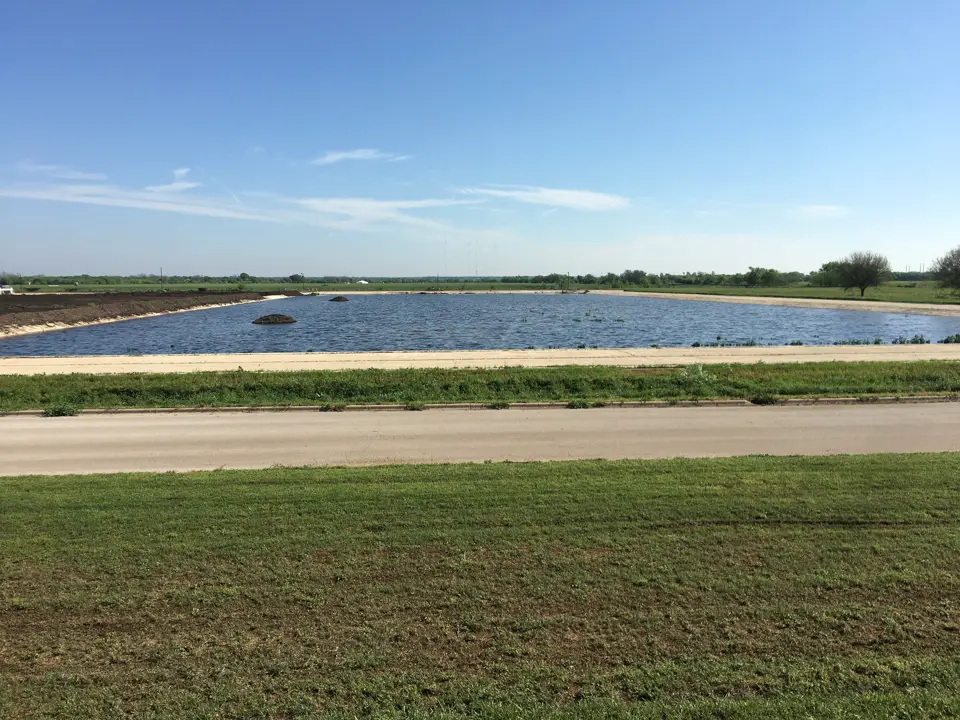
Pond 1 West always has birds. They usually concentrate themselves on the more shallow, muddy west side. Especially the shorebirds. However, the northeast corner can also have shorebirds if the water levels aren’t too high.
Blue-winged Teal are present year-round on Pond 1 West, plus plenty of Green-winged Teal in the winter. Northern Shoveler can also be present in large numbers.
Pond 2 during the winter may as well just be called “Duck Pond”. Expect hundreds of ducks here from November through March, plus multiple Pied-billed and Eared Grebes. Rarities like scoter species and Red-necked Phalarope usually show up on Pond 2 when present.
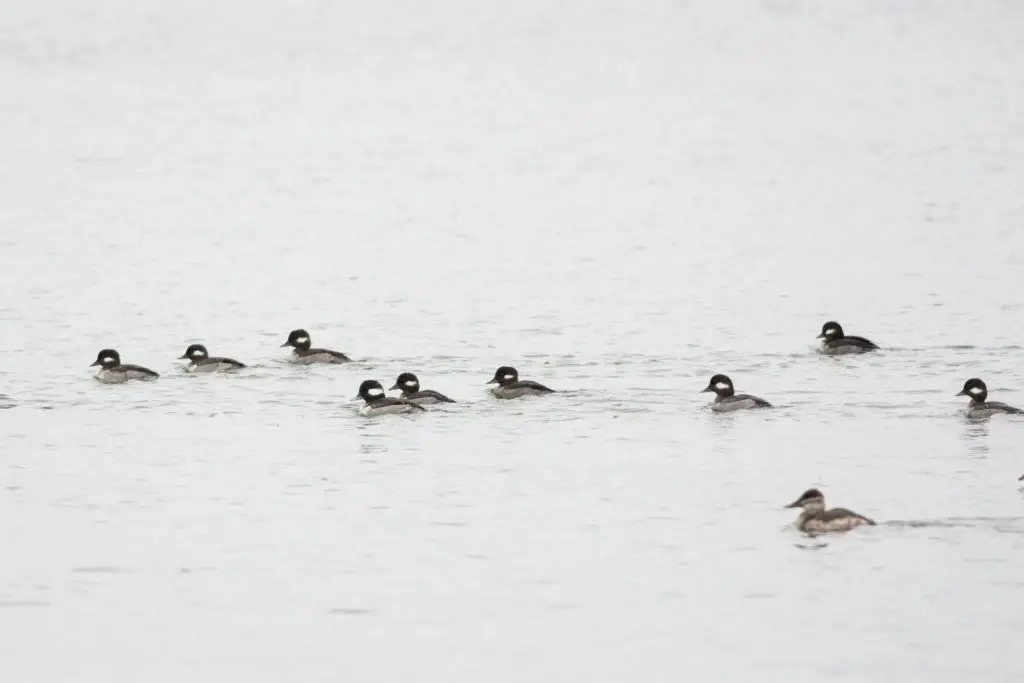
A bird blind is located along the south central shore of Pond 2. This point is also the trailhead for the River Trail.
Pond 3 is good for Blue-winged and Green-winged Teal, and Black-bellied Whistling Ducks during the warmer months. Kingfishers can sometimes be heard calling here.
The narrow wooded strip between Pond 3 and the large greenhouse is where Rusty Blackbird shows up some winters. Look for it on the ground walking around the pockets of standing water.
The River Trail
This is the heavily wooded riparian corridor of Hornsby Bend. It’s great for woodpeckers and common woodland passerines. It also features short trails that lead to the Colorado River, like Upper Island View Trail.
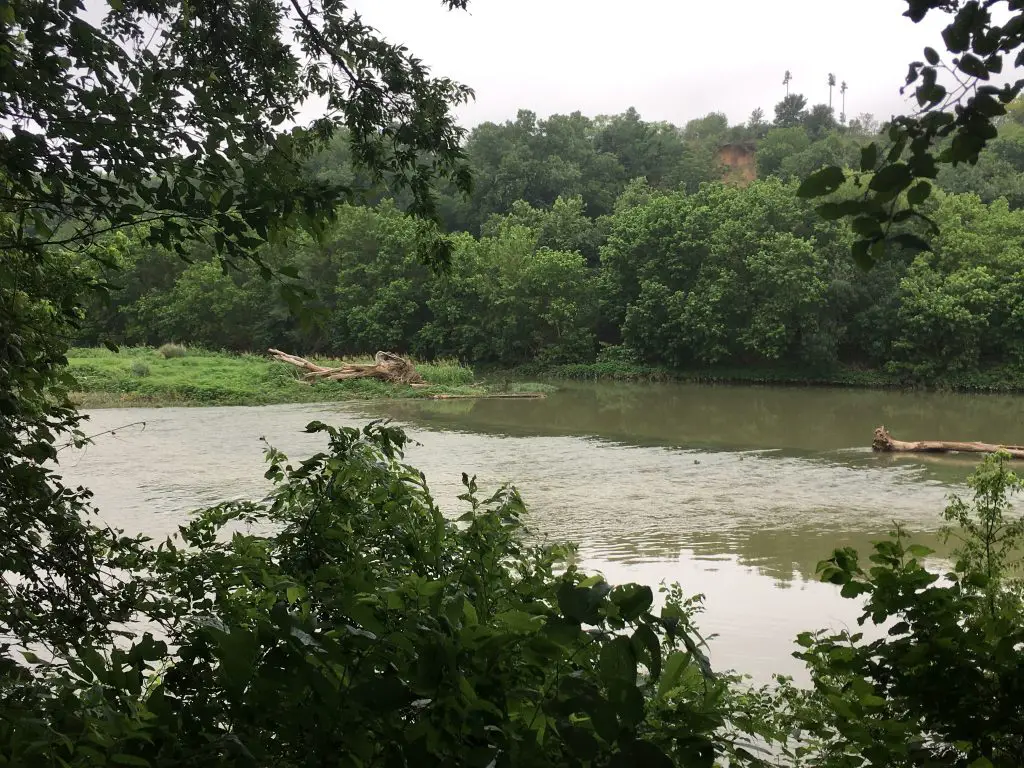
Shorebirds
Hornsby has shorebirds year-round, but numbers and diversity fluctuate greatly with season and migration.
The best spot to view shorebirds is the southwest corner of Pond 1 West. Park your car along the road, stand by the water and scan the vegetated areas and exposed mud.
Note: the west and south sides of Pond 1 West are blocked to vehicles due to construction until 2021. Proceeding by foot is still allowed.
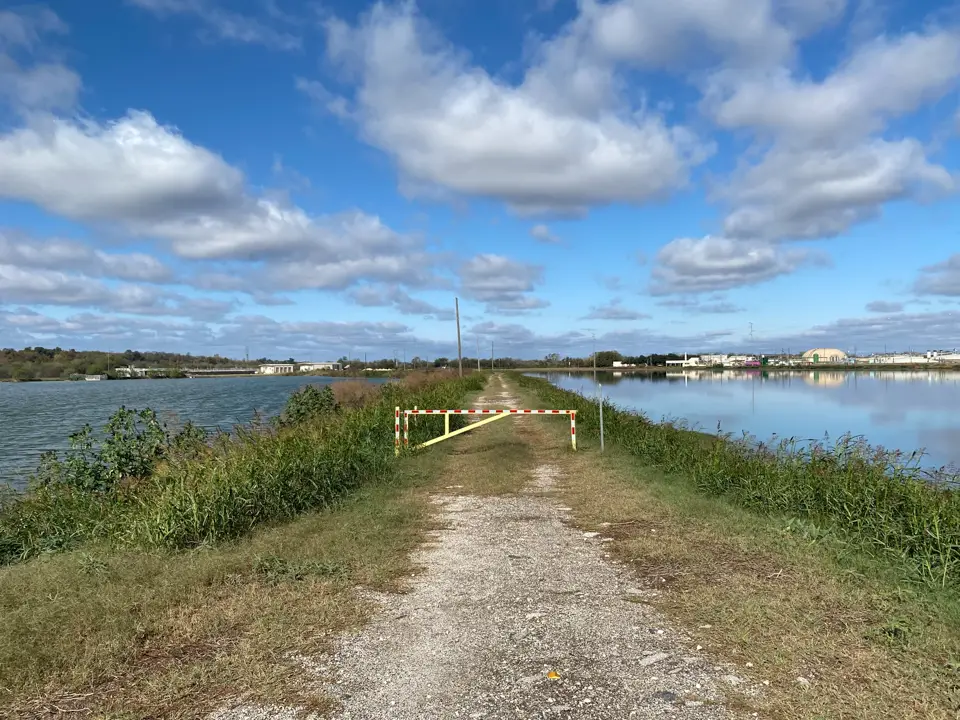
After a heavy rain this area may be completely underwater with few to no birds, but under the right conditions it can be a birding bonanza! Birds like to hide in and behind the vegetation patches, so scan repeatedly as the birds move around.
The Drying Beds can also be great for shorebirds, or the “Storage Basins” as they’re labeled in Google Maps. They can be viewed from the north side of Pond 1 East, looking north. A scope is needed to ID all you’ll see, but the larger shorebirds can be seen with binoculars.
Other Info
Monthly Guided Bird Walk
From the Hornsby Bend website:
“Our free monthly birding field trip takes place on the third Saturday of each month and departs from the parking lot of the Center for Environmental Research at 7:30 am and ends by 11:00 am. The field trip leader always is a gifted birder who knows Hornsby Bend well, so you are bound to get a promised 50 species minimum and explore new parts of Hornsby Bend.”
No bird walks in December.
Second Saturday Bird Survey
Walks begin at 7am and 4pm, arrive a few minutes early. Meet at the main building. Birders will generally split into groups and cover sections such as the ponds, the river woodlands, and Platt Lane. They generally last 2-3 hours and all experience levels are welcome. This free event is a fantastic way to improve your birding skills and gain access to experienced birders who are happy to teach newer birders.
